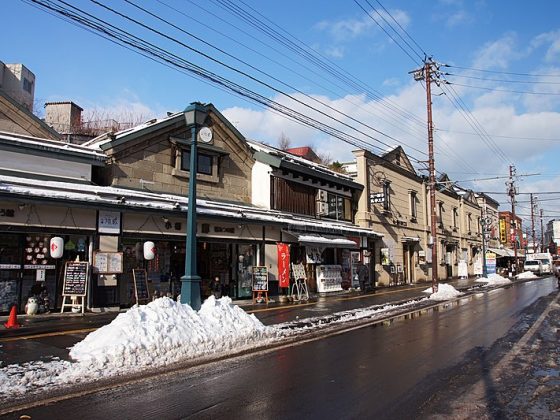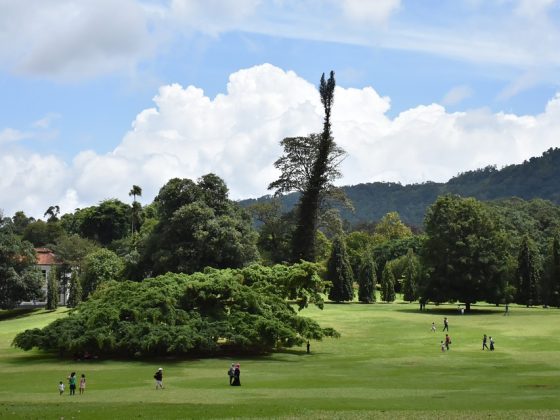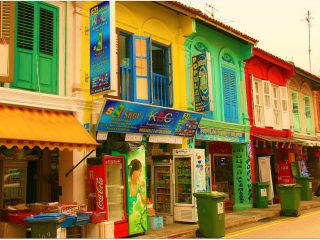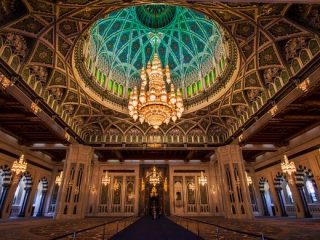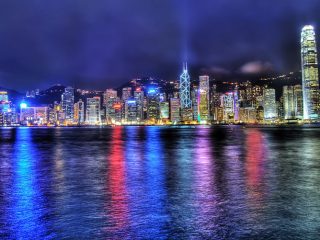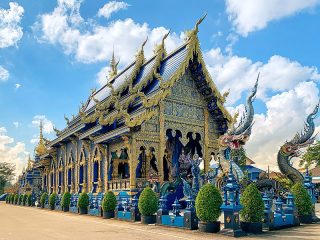Considered the symbolic representation of the country, Singapore’s Merlion Park remains one of the island’s top attractions. Here’s everything you need to know about this giant crowd pleaser.
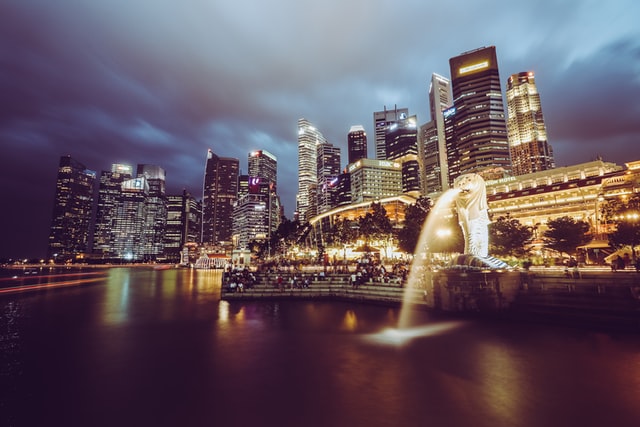
Mythical Origins
Much like the centaur, which is a combination of a human and a horse in Greek and Roman culture, the Merlion is not steeped in ancient Asian legend, which speaks of a Malay prince that came across an island named Tamesak ( meaning” fish town” in the Javanese tongue). It was on this island that the prince also encountered a majestic lion who suggested that the island be renamed Singapura (Sanskrit for Lion City) which later became Singapore. It is a curious fact noted by locals that there’s no evidence of lions inhabiting Singapore in all of its recorded history.
The Fish
The aforementioned prince named Sang Nila Utama explains the lion half of the iconic statue but what of the fish form that occupies its base? It was Fraser Brunner who combined the lion and the fish to form the logo of the Singapore Tourism Board in 1964 as the fishtail represents the country’s humble origins as a fishing hamlet. The symbol was used as the logo of the tourism authority till 1997.
Original Location
Although tourists may think the Merlion statue has stood on the grounds of One Fullerton since it was constructed, the first iteration of the Merlion and the Cub was placed on the Esplanade Bridge.
How to Visit
Those based at Citadines Mount Sophia Singapore or any other Singapore residence hotel near the park will be happy to find that entrance to Merlion Park is free. The best time to visit the venue is during weekday evenings when locals also gather to enjoy the views afforded from its waterfront location.


